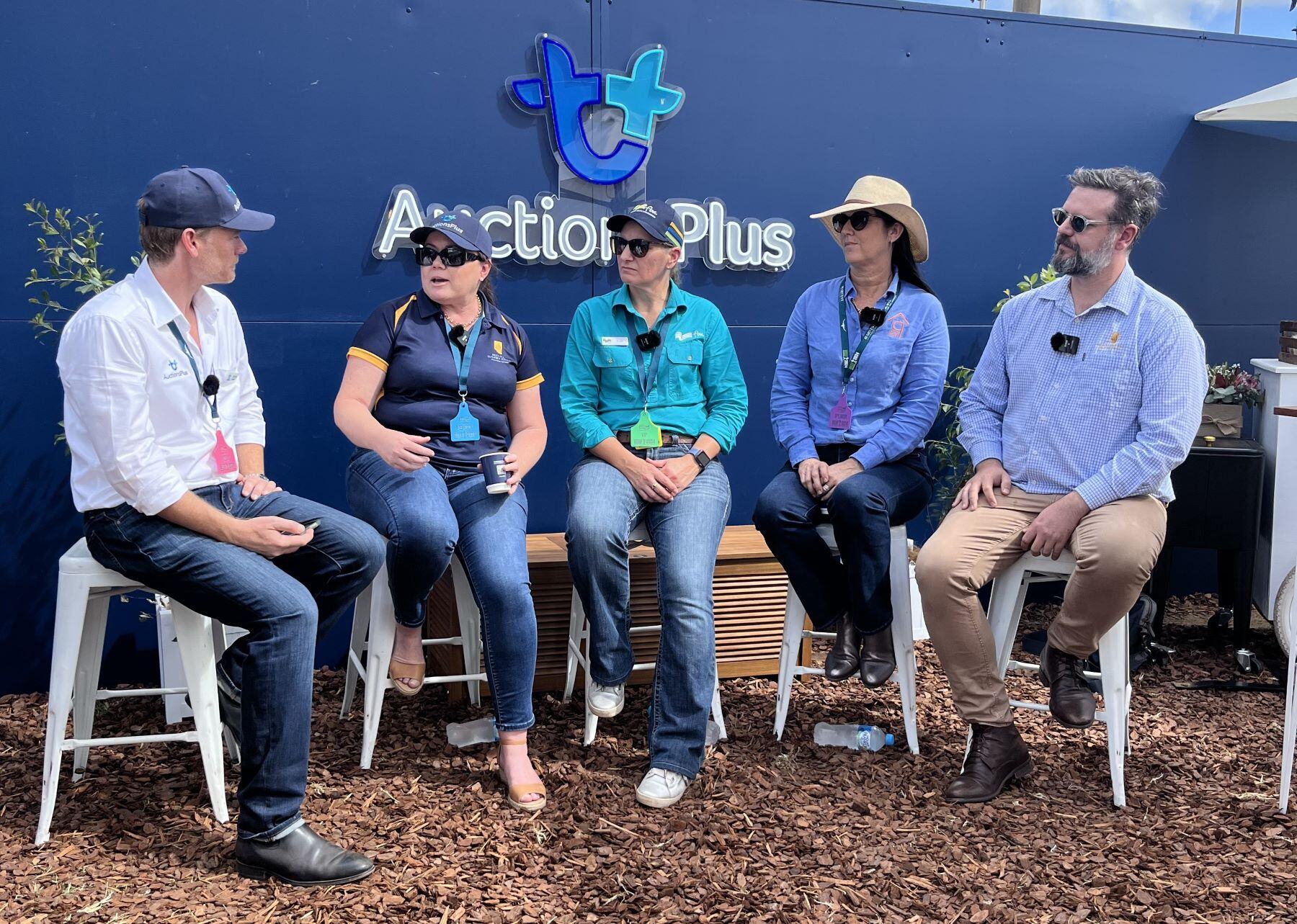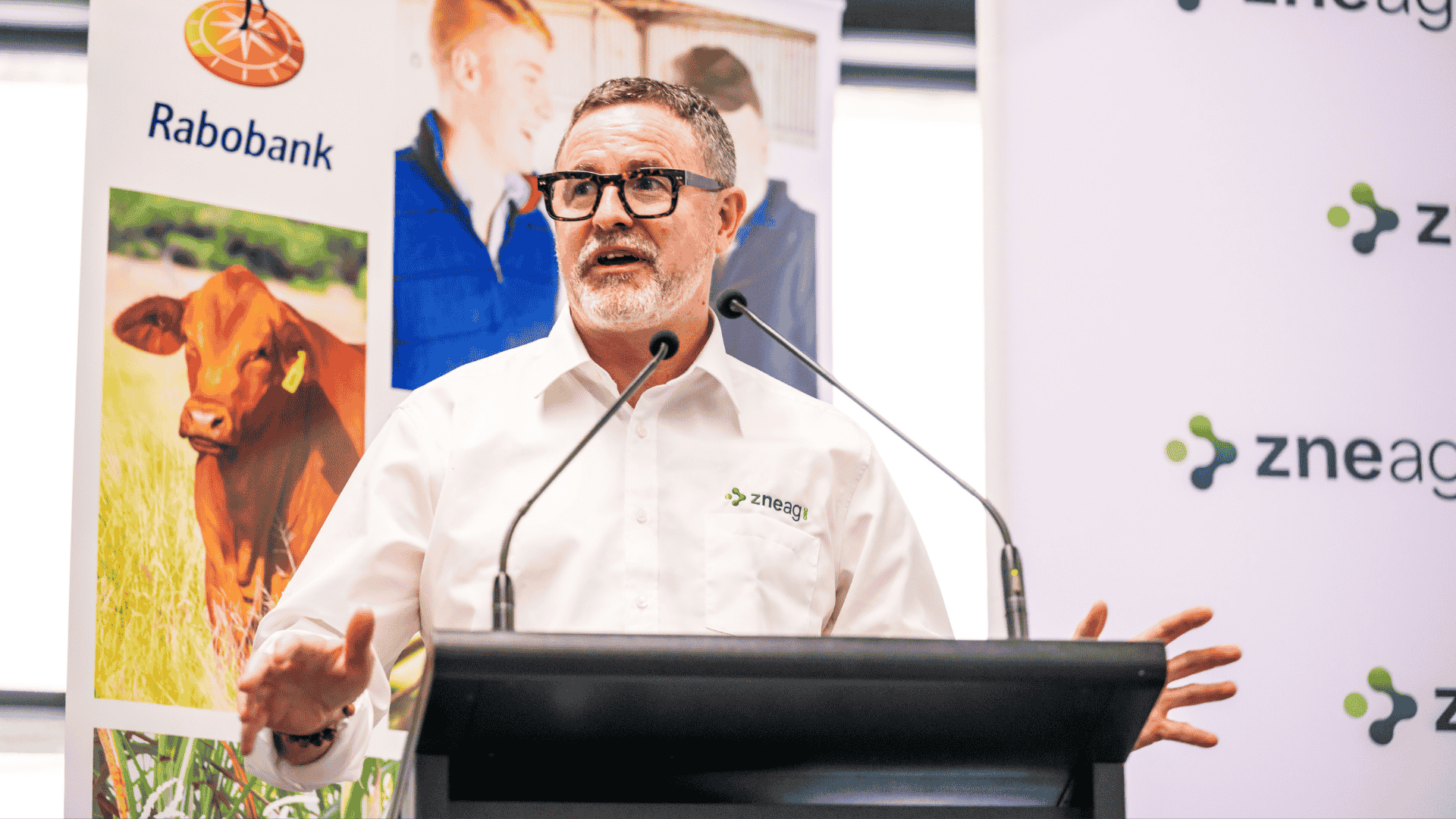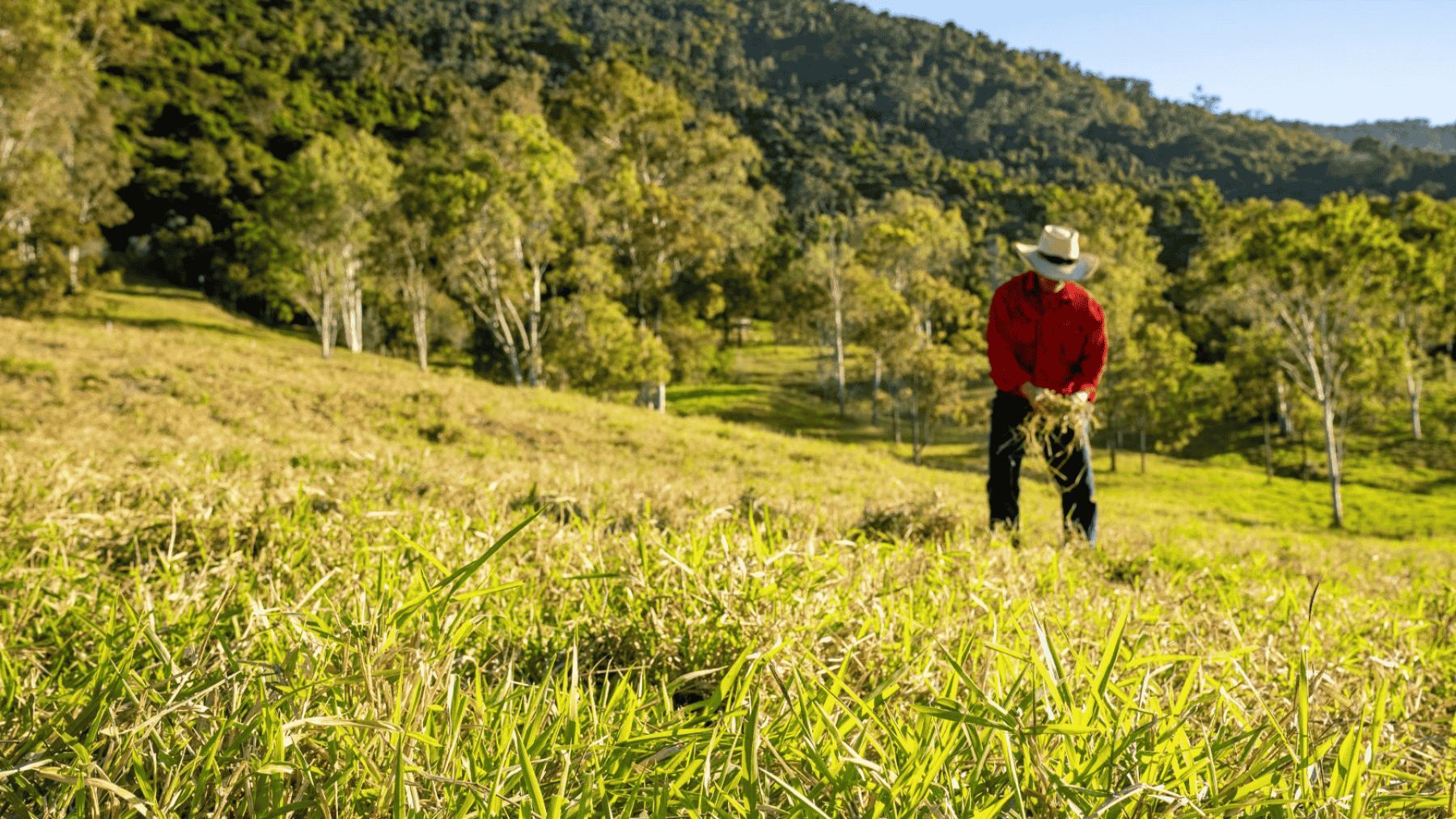Pathways to zero: What’s working on farm right now
The Zero Net Emissions Agriculture Cooperative Research Centre's Pathways to Zero Net Emissions annual conference in Brisbane brought together...
3 min read
.png) Sponsored Content
:
Jun 3, 2024
Sponsored Content
:
Jun 3, 2024

When Brigid Price of the Price Cattle Company had to open up her land to contractors from a coal seam gas interest, her “worst nightmare” scenario snowballed into a years-long bureaucratic ordeal.
The organic producer, who runs wagyu-cross cattle on 20,000 hectares north of Injune, Queensland, had set up quarantine areas on the property. But the company vehicles were also being housed in those areas.
“Our worst nightmare of (weed) seeds being carried through the property and then actually onto other properties happened to us.”
In seeking recourse, Ms Price has engaged with the Gas Fields Commission, the Land Access Ombudsman, the Department of Environment and Science, and the Department of Resources.
“I've tried every avenue for recourse. Currently the onus is on the landholder, it's not right that if I want to do recourse, a gas company can say, ‘but we've done that’. The mechanisms weren't there to investigate,” Ms Price said.
“It is a very long process, and it is not fun.”
Ms Price was talking on a special AuctionsPlus panel at Beef2024 on legal protections against biosecurity incursions with legal specialists Rees R & Sydney Jones.
Rees R & Sydney Jones hosted a panel on farm biosecurity protections at Beef 2024.
Managing Partner Melanie Findlay warned that while legal processes were in place for producers when it comes to dealing with gas or mining companies, many producers were not aware that similar legislation does not cover renewable projects.
“When it comes to renewable energy companies, it's just a contract between you and the company that wants to access your property. There's no government intervention, there's no Department of Environment involved. The law just hasn't quite caught up. It will catch up one day, but right now there is no rule,” she said.
The irony is that while the law is yet to catch up with biosecurity risks from renewables construction, graziers themselves are very aware of their biosecurity obligations, according to Rees R & Sydney Jones Solicitor Matthew Dunlop.
“I think all of the graziers I've dealt with over the last few years are aware of their obligations, but not necessarily what they need to do to comply with them,” he said.
“They may not necessarily have a biosecurity management plan in place, or one that is sufficient or meets the legal requirements. That's where they get themselves into precarious situations when they have people wanting to come on their property.”
Elyse Riethmuller, Chief Executive Officer of the Fitzroy Basin Association – a land mass that covers more than 156,000 square kilometres – said landholders are alert to risks of invasive weeds but at times are not confident being firm with companies and people accessing their properties.
“It comes back to helping a landholder to understand their rights and be confident to communicate those and set the expectations of both companies and individuals entering the property,” Ms Riethmuller explained.
“That becomes really important and I can see with a lot of the landholders we work with, it doesn't come naturally to actually have to push that and ask for that information.”
Ms Price advised farmers to think of the potential risks in the same way they manage their current business.
“Look at it as you do any other enterprise in your business. If you are beef cattle, if you're cropping, do your due diligence. Look where costs could be shifted and know your own risks to be able to manage,” she said.
That is why “prepare and plan rather than try and fix it later” is the best approach according Ms Findlay.
She advised landholders to stipulate biosecurity requirements into any contract with an outside party.
Compliance measures such as third-party washdown certificates, access to certain sections of the property, QR code sign-in and rules on what roads can be used have to codified. That also applies to any sub-contractors.
Mr Dunlop said landholders shouldn’t be afraid of being “creative” regarding the biosecurity measures they might need.
“We had a foot in mouth scare a few years back. There were clients requesting boot washdowns or new boots to be worn and, and proof of which. And some companies agree to those measures. So don't be afraid to throw ideas out there that you think are unorthodox,” he advised.
Ms Price said enforcing those rules are critical if recourse is needed down the track.
“A lot of people think, if you have a sign at the gate, if you have a scanning code, then you've got that and you're protected. It was really important for us to have the legal team that had a stipulation in our conduct and compensation agreement that says you must abide by the with that biosecurity management plan," she said.
“Because the problem is, and as we've learnt, when they don't abide by it, we now have to take them to land court. It's the only recourse that we have. So, getting that conduct agreement in place and knowing your rights and really being vigilant from the start as to what the impact on your business could be is really important.”
Posts By Tag

The Zero Net Emissions Agriculture Cooperative Research Centre's Pathways to Zero Net Emissions annual conference in Brisbane brought together...

Nbryo has released a new embryo multiplication technology, saying that genetic gain via assisted bovine reproduction is now easier and more cost...

As the livestock sector accelerates efforts to reduce emissions, Zero Net Emissions Agriculture CRC is spotlighting one of the most practical and...